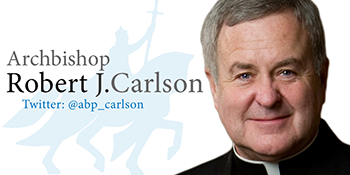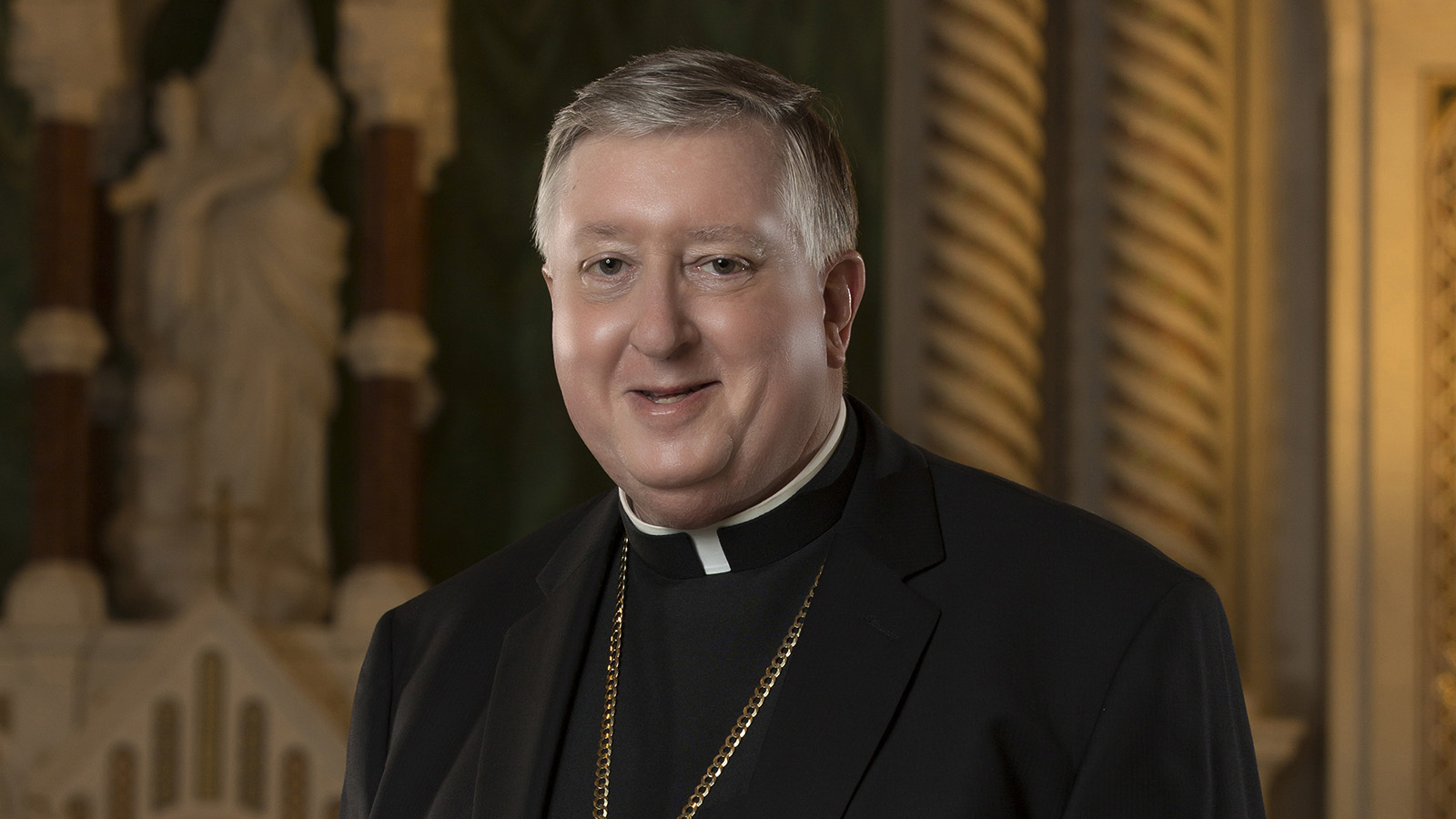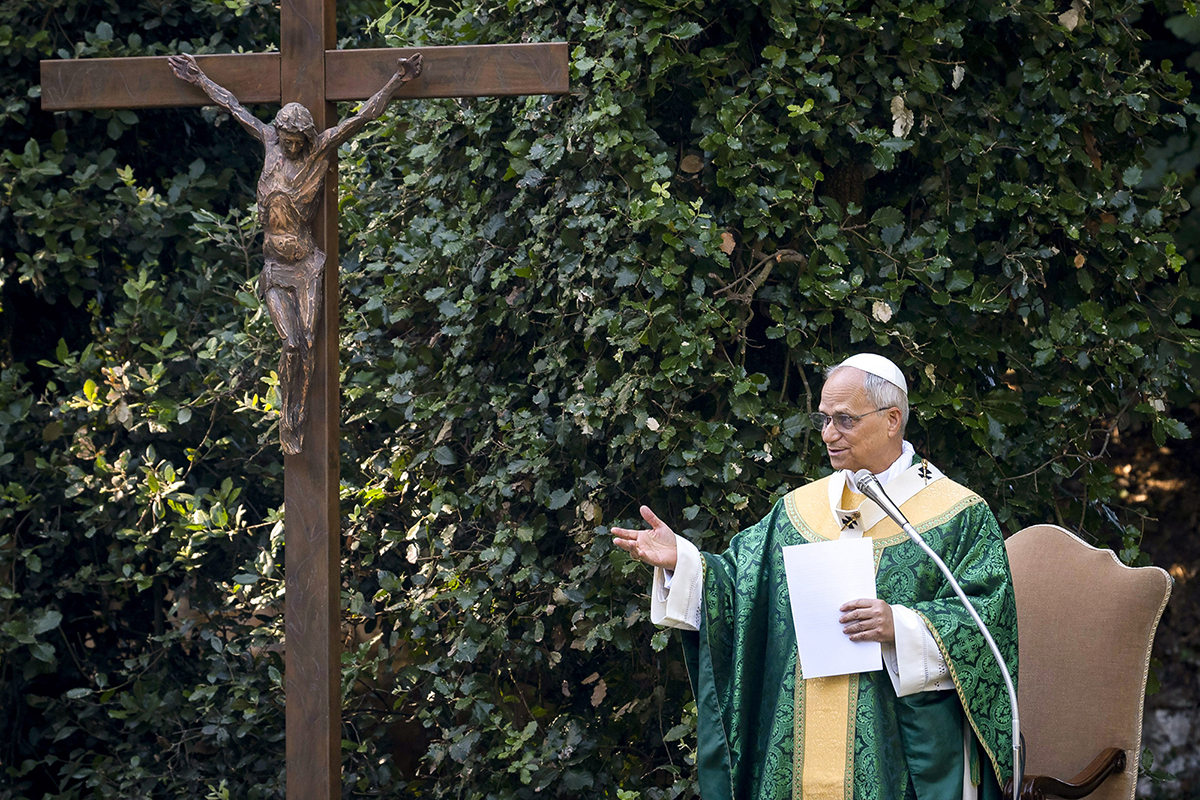BEFORE THE CROSS | Embrace strengths and prayerfully challenge weaknesses
St. Paul’s letters were shaped to those communities and addressed their shortcomings

This week, we finish a series of readings from St. Paul’s First Letter to the Thessalonians, then we begin a series of readings from his Letter to the Colossians.
As St. Paul wrote to different communities he had two things in mind: the specific questions they were asking or situations they were dealing with; and the community’s strengths that needed to be encouraged and the weaknesses to be challenged.
Like every community St. Paul wrote to, every parish, every diocese, and every presbyterate (community of priests) today has its own characteristic strengths and weaknesses. Perhaps I have a unique perspective on this. Having been a bishop in four different dioceses, I’ve seen the strengths and weaknesses of communities on a large scale. Let me name a few things I’ve seen in the Archdiocese of St. Louis — not to be exhaustive, but to get us thinking about how we can make the most of our strengths, and either improve or avoid our weaknesses, as we face the challenges of today.
First, there is an abundance of resources here, and an amazing generosity in sharing them. It’s one of the reasons St. Louis is known as “the Rome of the West” — we have people and programs that shape “best practices” for dioceses around the country. The Cathedral Basilica of Saint Louis is an apt symbol of this: In St. Louis, we think it’s worth the time and energy and money to do something extraordinary to present the faith to the world.
Second, the priests of the Archdiocese of St. Louis have a tremendous capacity for work. It’s not just one priest or another. In the group as a whole, there’s an amazing capacity to take on more work — and to keep working. We have a remarkably strong permanent diaconate, both in terms of numbers of men ordained and in formation, and in terms of the quality of their formation. We have an extraordinary concentration of women and men religious who have brought powerful charisms and long histories of service to the local Church.
Finally, one of the great strengths of the people of St. Louis is their sense of history, a living part of their identity. The World’s Fair isn’t simply something that happened in 1904, it’s a living memory, stamped onto the map of the city in the Art Museum, and Forest Park, and the Grand Basin. Similarly, where you went to high school isn’t just something that happened when you were young. People continue to identify with their school. History lives here, in a way that it doesn’t in many other places. That helps people hold on to the faith as the world changes.
But, along with that sense of history, there can also be a fear of change. People don’t want things to change, and that’s natural enough. But fear of change can’t control how we do things. Things are changing, in the world and in the Church.
For example, projections show that within the next 10 years, for the first time since before 1900, we will have fewer active priests than we have parishes. We’ll have to utilize our strengths and overcome our weaknesses in order to face that challenge. If St. Paul were writing a letter to us, what would he say?
Let’s pray that we will be faithful to Christ and attentive to the creativity of the Holy Spirit as we engage the changes that face us.
This week, we finish a series of readings from St. Paul’s First Letter to the Thessalonians, then we begin a series of readings from his Letter to the Colossians. As … BEFORE THE CROSS | Embrace strengths and prayerfully challenge weaknesses
Subscribe to Read All St. Louis Review Stories
All readers receive 5 stories to read free per month. After that, readers will need to be logged in.
If you are currently receive the St. Louis Review at your home or office, please send your name and address (and subscriber id if you know it) to subscriptions@stlouisreview.com to get your login information.
If you are not currently a subscriber to the St. Louis Review, please contact subscriptions@stlouisreview.com for information on how to subscribe.




